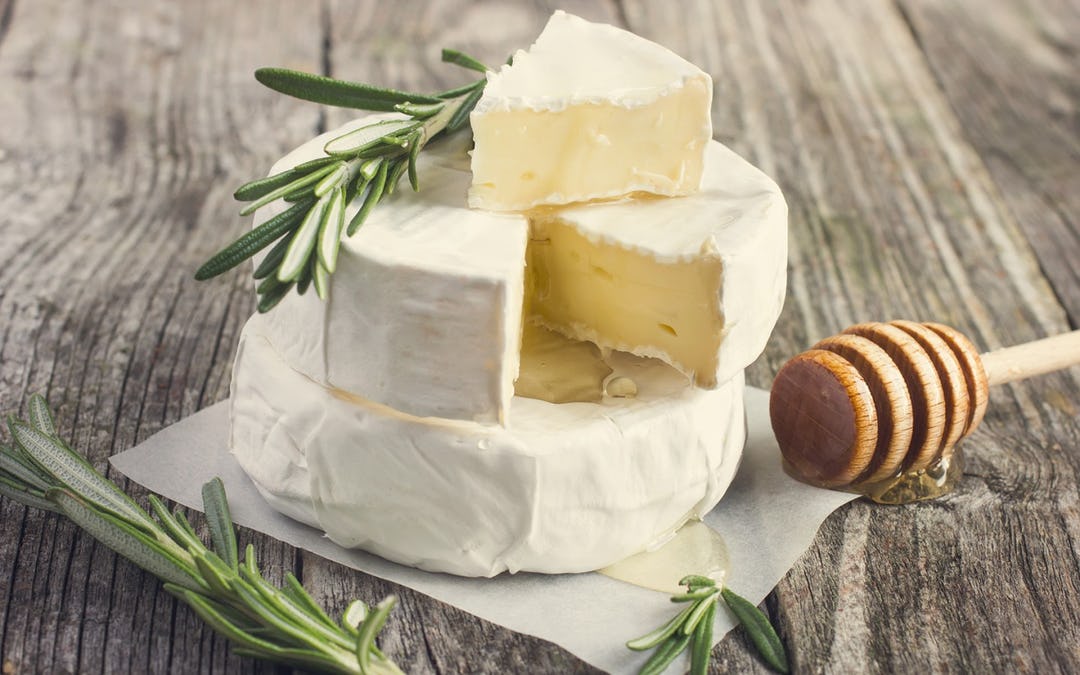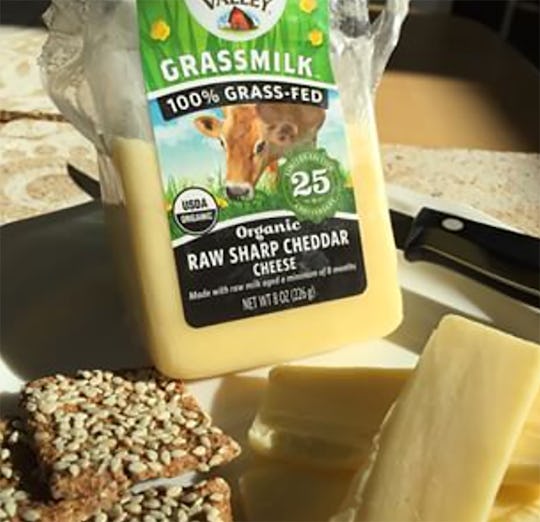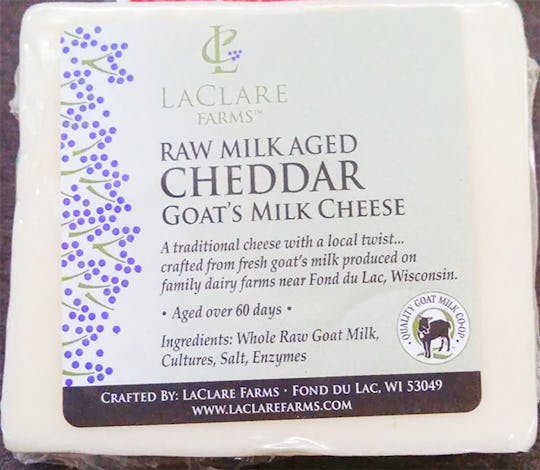Cheese is delicious. The great ascetics of India, who deny themselves the pleasures of the world as part of their religious practice, say that refraining from eating cheese is the second most difficult level of mastery to attain. The most difficult, of course, is celibacy. Actually that’s not a true story, but I would totally believe it…Because cheese is that good.
Cheese is in the doghouse of just about every nutrition movement right now. The main knocks are that cheese is bad for your heart, and bad for digestion. But I ask, is the problem with all cheese or just some cheese? After all, in the cheese-crazed mania of the modern era where cheese comes in cans, pastes, and little plastic pouches, we have done worse things to cheese than bulldogs have done to stuffed animals. But Cheez-Whiz and Kraft singles are not exactly the same thing as my favorite grass-fed raw cheese.
So before we deny ourselves orgiastic cheese experiences, let’s examine the French Paradox diet phenomenon. Of all the great diets of the world, the French Paradox diet baffled mainstream food pyramid building, low-fat touting ‘nutritionists’ the most. Despite much higher saturated fat consumption, as well as a reported 60% more cheese, and 400% more butter (source), French people consistently rank lower than many countries in the world for obesity and coronary heart disease.
For many years, stuck on the confirmation bias that saturated fats were the devil, scientists implied that the phenomenon was actually due to everything from bad reporting to increased levels of red wine consumption. But recently, a massive meta analysis has confirmed the original hypothesis of the diet. Fat is all good.
In 72 unique studies with over 500,000 participants from 18 nations, the investigators found that saturated fat intake, whether measured in the diet or in the bloodstream as a biomarker, was not associated with increased coronary disease risk. (source)
Oopsies. But now back to cheese.
In France, hundreds of cheeses come in raw form, most are full fat, and French cheese experts consider raw milk cheese the absolute gold standard of good cheese (source). So bring on the Brie baby!
No Need to Cut the Cheese
So if cheese isn’t bad for your heart, what about the concerns regarding indigestion?
Once again it comes down to the fact that all cheeses are not created equal. Raw milk and goat milk both present a variety of benefits over pasteurized cow cheese. Whereas raw milk has shown significant benefits in inflammatory conditions such as asthma, goat milk has shown better tolerance in humans across the board.
Milk: The Raw Facts
Heat pasteurization is the standard for store bought milk, and was designed to destroy any and all bacteria that may be present in raw milk. However, along with destroying any pathogenic bacteria that may be present, it also destroys any potentially good bacteria as well.
A survey done of 2503 raw milk drinkers in Michigan revealed that 81% of them reported reduced symptoms of indigestion after having switched from store bought (pasteurized and homogenized) milk (source).
A subsequent pilot study at Stanford was not able to confirm a significant difference in consumption of milk vs raw milk for lactose intolerant individuals. This could be due simply to a small sample size, but many experts say that the study had an inherent flaw connected to the duration of analysis, which was only 8 days. Mark McAfee, Chairman of the Raw Milk Foundation explains, “It takes longer than eight days for beneficial bacteria to recolonize the gut of a severely lactose intolerant person. These good bacteria produce the lactase enzyme, which helps digest lactose.” With the patient group of 16 individuals, there was a slight but insignificant benefit for those ingesting the raw milk. “With more time, we would probably have seen statistically significant improvement,” says McAfee (source).
Evidence in other inflammatory conditions, such as allergies and asthma may tell a more compelling story. Three different studies totalling over 20,000 subjects all correlate the consumption of raw milk with a reduction in both allergies and asthma (gabriela) (parcifal) (amish).
G.O.A.T. Cheese
Goat milk exhibits similar if not even greater benefits than raw milk. The reason for this is that goat milk is a lot more like the milk that came out of our own momma’s mammaries! The biological resemblance to human breast milk goes all the way down to the dna structure itself. These similarities apply to protein structure (beta casein vs. alpha casein), prebiotic content (oligosaccarides), and fat structure (small/medium chain fatty acids vs long chain fatty acids). So what does all this mean?
A study in France demonstrated that 93% of infants showed less allergic reaction to goat milk than cow milk. (7. Freund G. Use of goat milk for infant feeding: experimental work at Créteil (France). Proceeding of the meeting Intérêts nutritionnel et diététique du lait de chèvre. Niort, France: INRA, 1996:119–21.)
Another great benefit is that goat milk is far more alkalizing to the body than bovine milk (source). This means that the body will require fewer minerals to buffer the dietary acid load, allowing you to stay charged up and mineralized for longer!
What cheese is the Greatest of All Time? Drumroll please…Raw goat cheese of course!
Conclusion
Cheese may not be the most nutritious thing you can eat, but there is no denying that it is a gift from the culinary gods. As with all foods the quality of sourcing matters, and practicing moderation is key. Raw cheese does contain a slightly higher risk of contamination than pasteurized cheese, and these cases are well documented. But when sourced from a clean provider with proper handling, the advantages seem fairly clear.
Goat cheese is just a no-brainer. And if you are worried about digesting lactose, a good enzyme formula like DigesTech® that contains lactase can really hook you up. So in the words of some good friends of mine, Keep Calm and Cheese On.




)





